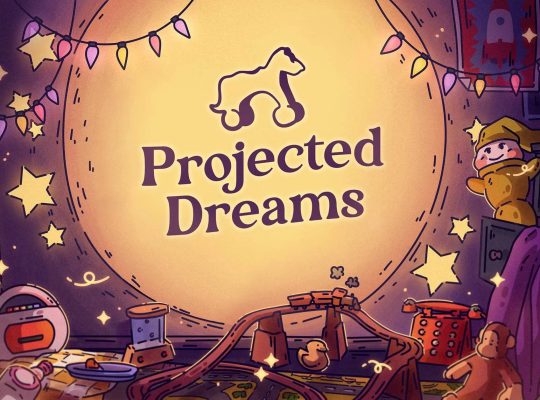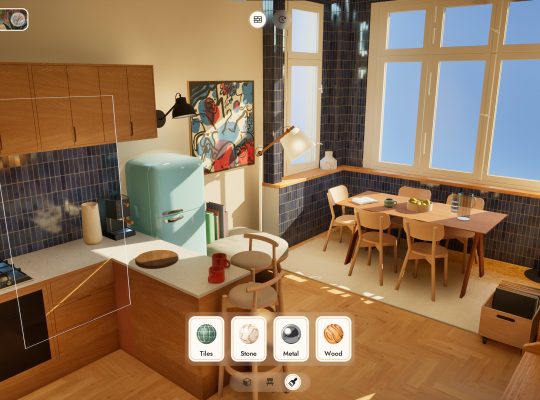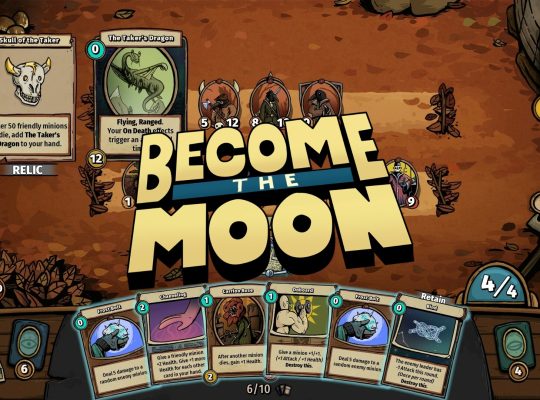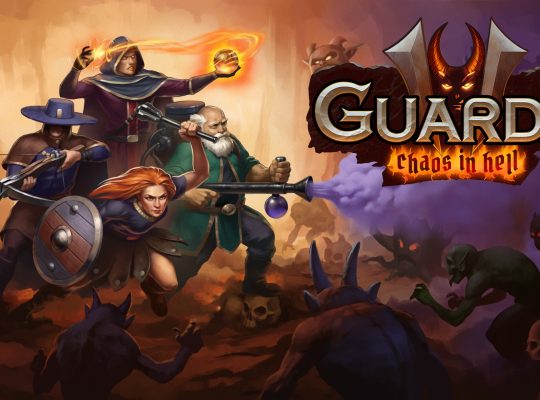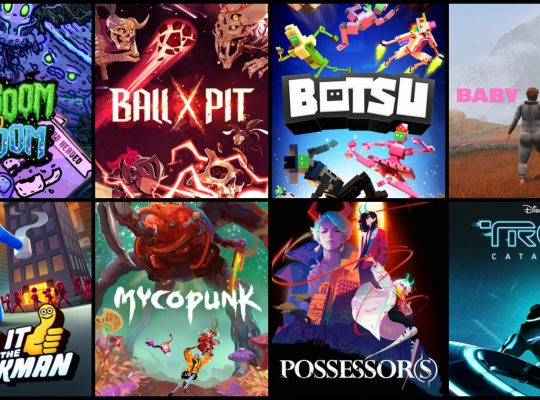- DEVELOPER: 1C Game Studios
- PUBLISHER: FOR-GAMES CR LTD
- PLATFORMS: PC
- GENRE: Deckbuilding / Rougelite
- RELEASE DATE: December 12, 2024
- STARTING PRICE: 24,50 €
- REVIEWED VERSION: PC
Everything I said about the Early Access version of this game I now retract. Deathless. Tales of Old Rus pleasantly surprised me the more I played it. Not only does it stand out with unique and well-designed characters and interesting deck-builder mechanics, but also with its visuals, quests, and the way the game evolved during the Early Access period. It has transformed into something truly quality – perhaps not perfect, but good enough to win over genre enthusiasts. It’s a shame the game hasn’t reached a broader audience because it deserves more attention.
This title is inspired by Slavic mythology and various literary works, bringing diverse mythical beings and monsters such as Bohinka, Bosorka, Rusalki, Kopitara, and others, along with challenging final bosses. However, the game's story is not particularly memorable – mostly told through textual dialogues that are easy to skip because they are short, and progress in the story only occurs when you choose a special path. Despite this, following the story makes sense as it leads you to the final boss. Each character has their unique opponent that they must defeat before the final chapter.
Four characters, four different play styles
In the game, you have four playable characters: Varvara, Vasilisa, Dobrynya, and Alyosha – two women and two men. Each of them brings a different play style and new cards. For example, Vasilisa is accompanied on her journey by fairies that grant her special abilities, while Dobrynya has a massive shield and unique types of attacks. This diversity allows players to find the play style that suits them best, but it is essential to complete the game with all characters to unlock the final part of the story.
Card mechanics in the game bring interesting combinations, but along with standard attacks and skills, there are also negative cards that can bring bad effects. Additionally, the game includes universal cards that are available to all characters, providing extra flexibility in strategy. Each gameplay is different, although certain cards repeat. However, this title contains a large number of them – each character has seven pages of cards that allow for diverse combinations and play styles. For example, Varvara has cards that move enemies, so her play style will focus on exploiting those abilities.
Do not expect revolutionary mechanics; the game relies on simplicity and does it well. The cards and their abilities are clear, without complex descriptions or hidden effects. Everything you find during the game will be available to you in future matches. The game is based on a system with three paths that you choose yourself. Each path can bring rewards such as new cards, consumables, artifacts, or opportunities to upgrade cards.




Very interesting cards, but without too many variations the more you play
The deck-building elements in Deathless sometimes feel limited. Cards can only be upgraded once, but those upgrades are not always worthwhile. The game forces you to carefully choose upgrades, but there aren't many options. An additional problem is the duration of battles. Individual fights, especially against bosses, can last up to 20 minutes as you slowly chip away at their health bar. Also, despite the large number of cards, certain cards seem to repeat too often in version 1.0.
One of the features of the game that still raises doubts is the artifacts. While there are indeed good artifacts, too many of them are not well designed. There are rarely options that only increase energy for moves. I tried to see if collecting 10 artifacts would be enough for victory, but that is not always the case as cards are still key to success. Artifacts, for example, can increase the power of your attacks, allow for the drawing of specific cards, or provide more defense.
The problem is that the game has three phases before the final showdown with the main boss, and the difference between common and legendary artifacts is very noticeable. The same applies to consumables – although you can upgrade three carrying slots, you will have to choose carefully whether to focus on items that restore health or those that allow for the addition of negative effects to enemies.




Balancing is quite well designed
The enemy balance in Deathless is generally well set. Enemies are diverse, capable of attacking you with quick strikes, magic, or projectiles like arrows. Mini-bosses also bring freshness as each of them presents a unique challenge and a different combat style. However, a potential problem for the gaming experience lies in the bonuses and effects associated with the chosen paths. Each path can offer positive or negative bonuses, but in most cases, negative effects prevail.
The more valuable the reward at the end of a path, the harder the journey to reach it. You will often face enemies with increased health, stronger hits, or simply overwhelm the battlefield with their numbers. However, this has not overly affected the gameplay dynamics. The key to success lies in how good your card deck is. Deathless finds itself in a strange position – it is a good enough game, but it struggles to compete with the biggest names in this genre.
Additionally, it is very helpful that the game allows for animation speed-up, so you won't always spend too much time fighting enemies. Another significant advantage is the quality of life features, such as the ability to see what is behind the cards or to quickly understand what each card or bonus does, along with the option to replay battles if you lose. The game does a lot of things automatically for you, while only requiring a little strategic thinking from the player.
Ending thoughts
With truly beautiful graphics of the environment and maps, as well as detailed enemies and characters, don't expect anything spectacular, as many elements will often repeat. Nevertheless, everything is executed at a solid level – without stuttering, bugs, glitches, or wasting time. In addition to the main missions, the game offers various side quests that provide useful rewards, giving you more options for gameplay. The story, although forgettable, is well enough designed not to feel silly, and each character has their own backstory that you can follow.
Replayability is one of the stronger points of this title. Although variations will decrease over time, you won't regret deciding to play the game several times. Fans of this genre will surely enjoy it, but it's understandable if you choose to complete the game only once. Keep in mind that the final story requires completing all tasks, which means you will likely have to start over several times after being defeated.
In any case, Deathless. Tales of Old Rus is, for me, a true hidden gem among indie games this year.
Review copy provided by the publisher
4.2




